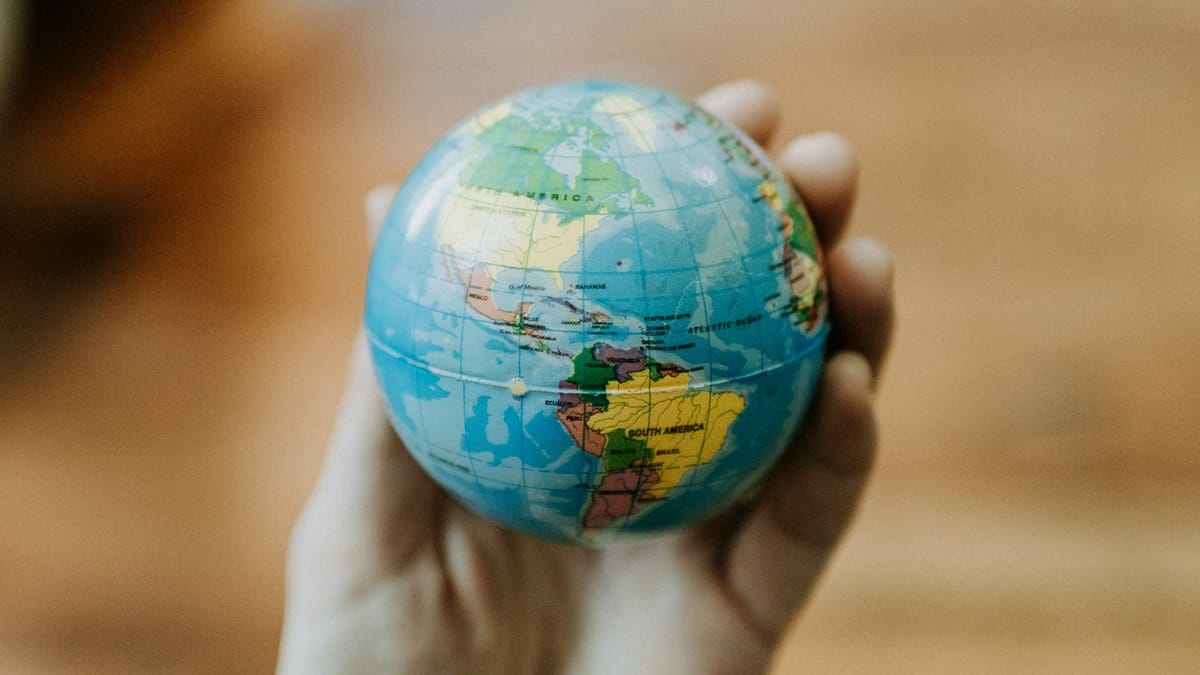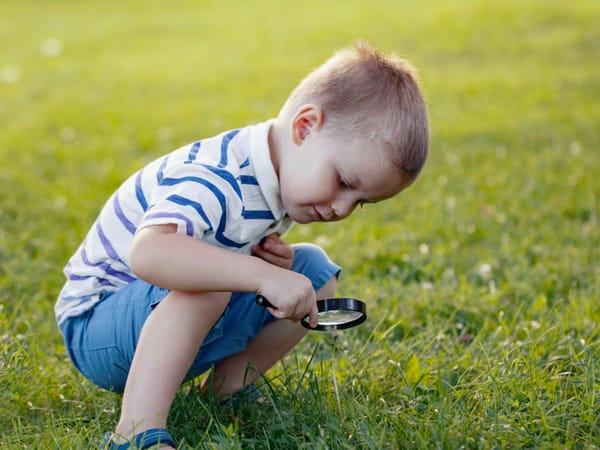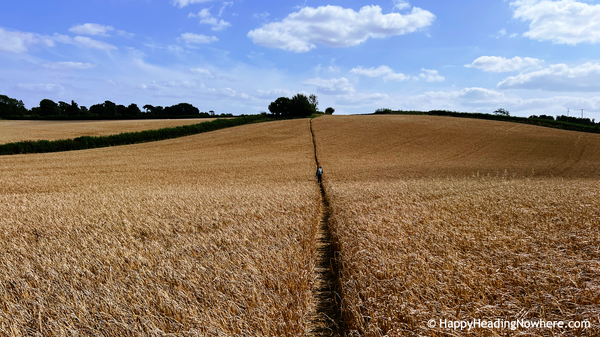Citizens of the World: The Relationships That Connect Us All
We are more connected than we realize—across borders, cultures, and time.

We are citizens of the world. Yet, how often do we move through life seeing only what directly affects us?
The concept of global human connectedness is taught in most, if not all, religions or philosophies. The Stoics, Christianity, and Buddhism all view it as an important principle.
Seeing the World Beyond Ourselves
On an early international trip, I remember catching myself stepping off a plane and wondering why there were "so many foreigners"—forgetting I'm the outsider. This mindset shift from a myopic viewpoint is exactly what meaningful travel offers us.
When I’ve traveled internationally—not rushing between tourist spots but walking through villages and having unhurried experiences with locals—I’ve absorbed the rhythm of places. You witness how people live, what they value, and how we all share the same core human experiences.
These moments have deepened my awareness of our global interconnectedness. They’ve shown me how our small choices—what we consume, travel, and how we treat others—create ripples far beyond our view.
The Fabric of Our Connectedness
What makes us citizens of the world isn’t geography—it’s our shared experiences. Love, struggle, ambition, loss, hope. Laughter sounds the same in every language. Grief knows no borders. The person across the world grapples with the same fears and desires you do.
In nature, everything connects. A dam affects a river miles downstream. A distant rainforest influences the air you breathe. We’re no different. The more we recognize this interconnection, the harder it becomes to live solely for ourselves.
Why This Awareness Matters
Embracing this wider perspective transforms how we make decisions, how we empathize, and how we contribute. It doesn’t mean abandoning our roots—it means seeing them within a larger system.
When we recognize our struggles aren’t unique, we develop resilience. When we acknowledge suffering beyond what we can see, we cultivate compassion. We build understanding when we see the same human spirit in someone halfway across the world.
What Can We Do?
Being a global citizen isn’t about grand gestures but small shifts:
- Engage with different cultures. Read diverse authors, listen to global perspectives, and challenge your assumptions.
- Practice wide-scale empathy. Consider how your choices affect people you’ll never meet.
- See nature as humanity’s extension. Protecting our planet means caring for everyone’s shared home.
The Concentric Circles of Connection
Picture concentric circles with you at the center. The first ring holds your closest relationships—your partner and your family. The next expands to your friends. Beyond that lies humanity itself.
Each layer flows into the next. A strong sense of self allows for stronger partnerships. Deep friendships build on secure home relationships. And seeing ourselves as part of the world enriches everything inside those inner circles.
The key is balance. We strengthen all layers, knowing that the healthier each one is, the more connected our lives become.
Because we are not just individuals, partners, friends, or community members.
We are citizens of the world.




